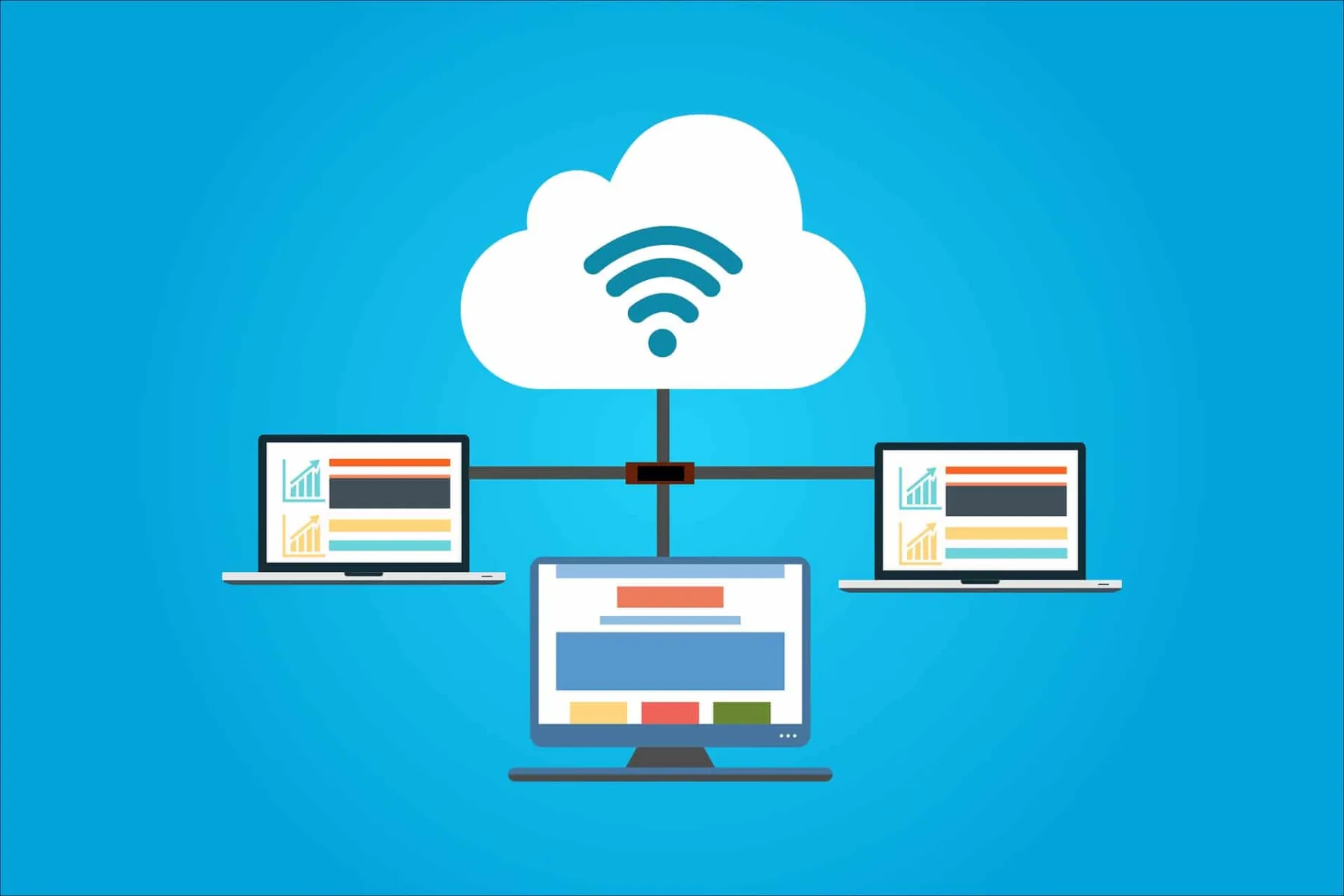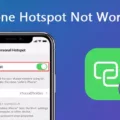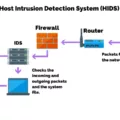The US Federal Government has been using risk management frameworks for many years, but recently the National Institute of Standards and Technology (NIST) released its Risk Management Framework (RMF). This framework is designed to help government agencies identify, assess and manage risks associated with their information systems. With the release of RMF, two new frameworks emerged: FedRAMP and FISMA.
FedRAMP (Federal Risk and Authorization Management Program) was created to provide guidance to agencies on how to securely adopt cloud service providers. This framework takes NIST’s RMF baseline of controls and tailors it specifically for the cloud. It follows NIST 800-53a guidance on security assessment, authorization, monitoring, and continuous support. With FedRAMP, agencies can quickly evaluate a third-party cloud provider’s security posture before entering into a contract with them.
Unlike FedRAMP, FISMA (Federal Information Security Management Act) is not tailored for the cloud; it provides guidelines on how to secure data within an agency’s own infrastructure. It also follows NIST 800-53a guidance but is more focused on internal security policies. While both FedRAMP and FISMA are based on the same NIST baseline of controls, they have different objectives: FedRAMP helps agencies evaluate third-party cloud providers while FISMA helps them secure their internal systems.
Overall, both FedRAMP and FISMA are important frameworks that provide guidance on how to protect government data in different ways. The Security Assessment Framework (SAF) underlies both these frameworks, so understanding its main components can be helpful in determining which framework best suits your needs.

Is FedRAMP Compliant with FISMA Requirements?
Yes, FedRAMP is FISMA-compliant. FedRAMP is based upon the Federal Information Security Management Act (FISMA) and adheres to its security requirements, including those outlined in NIST SP 800-53. It is a standardized approach to security assessment, authorization, and continuous monitoring for cloud products and services used by the U.S. government. FedRAMP provides a more efficient process for the review of security for cloud services compared to FISMA, but it still ensures that organizations have the same level of security as required by FISMA. Additionally, it helps agencies reduce time and costs associated with security assessments because it eliminates redundant efforts from having multiple agencies assess the same cloud service provider independently.
Comparing FISMA Moderate and FedRAMP Moderate
FISMA moderate (also referred to as Federal Information Security Management Act or FISMA) is a set of security requirements developed by the National Institute of Standards and Technology (NIST). It is designed to help government agencies protect their information systems, networks, and data. The objective of FISMA is to ensure that information systems are properly secured and monitored, while also ensuring compliance with various regulations.
FedRAMP moderate (also known as the Federal Risk and Authorization Management Program) is a program developed by the General Services Administration (GSA) to provide standardized security requirements for cloud service providers. It provides agencies with clear guidelines on how to securely adopt cloud services and protect government data. FedRAMP takes into account the NIST 800-53 security controls from FISMA but also adds additional requirements such as risk assessment and authorization processes. The objectives of FedRAMP are to ensure that cloud services are secure and compliant with federal regulations, while also providing an efficient process for agencies to adopt cloud services.
Replacement of the Federal Information Security Management Act (FISMA)
The Federal Information Security Modernization Act of 2014 (FISMA 2014) replaced the Federal Information Security Management Act (FISMA) of 2002. FISMA 2014 focuses on enhancing the security of information systems used by federal agencies and provides a risk-based approach to cost-effectively protect these systems from cyber threats. FISMA 2014 requires federal agencies to implement and maintain comprehensive cybersecurity programs that include continuous monitoring, incident response plans, risk assessments, security training, and policies and procedures. In addition, the act requires agencies to develop metrics to measure the effectiveness of their cybersecurity programs. FISMA 2014 also requires a government-wide Chief Information Security Officer (CISO) to oversee all federal agency efforts to protect their information systems from cyber threats.
Understanding FISMA Compliance
FISMA compliance is the process of implementing and following a set of security controls that protect government information, operations, and assets against threats as defined by the Federal Information Security Management Act (FISMA). These controls are designed to ensure the confidentiality, integrity, and availability of government information. FISMA compliance includes implementing appropriate security measures such as access control, authentication, data encryption, system patching and monitoring, incident response plans, risk assessments, and other security-related processes. Organizations must adhere to these controls in order to maintain FISMA compliance. Additionally, organizations must periodically review their security posture to ensure that they are meeting any changes in security requirements.
The Purpose of FISMA
The Federal Information Security Management Act (FISMA) is a critical part of the United States government’s efforts to protect its data and information from malicious cyber attacks. FISMA requires federal agencies to establish, document, and implement an information security program that includes risk assessments, system security plans, regular monitoring of networks, and user training. The goal of FISMA is to ensure the confidentiality, integrity, and availability of all systems-related information.
FISMA also mandates that federal agencies assess the security risks associated with their information systems and implement measures to reduce those risks. These measures include implementing secure authentication mechanisms (such as two-factor authentication), encrypting data transmissions, and limiting user access to sensitive information. By establishing these processes and controls, FISMA helps protect both federal agency data and the individual privacy of US citizens.
Who Must Comply with FISMA Requirements?
FISMA compliance is required of all federal agencies and any third-party vendors or government contractors who support agency operations. This includes any organizations that possess, process, store, or transmit any information on behalf of a federal agency. Additionally, FISMA applies to organizations with access to federal information systems and resources, such as cloud providers. Organizations that are required to comply must implement specific security requirements, including but not limited to creating a security plan; implementing security controls; conducting regular risk assessments; monitoring system activities; and regularly reporting on the status of their security compliance.
Understanding the Scope of FedRAMP
No, FedRAMP is not just for cloud services. FedRAMP is the federal government’s security assessment program for cloud products and services that are used by the federal government. The program’s requirements are based on existing standards such as NIST SP 800-53 and other best practices for security and privacy. However, FedRAMP does also recognize certain on-premise solutions that meet certain criteria. While cloud services are the focus of the FedRAMP program, there are some on-premise solutions – including those related to hardware, software, or even physical security – that can qualify if they meet the same standards as a cloud service would need to. As long as an on-premise solution meets the requirements set out in NIST SP 800-145, it can be considered eligible for FedRAMP authorization.
Conclusion
In conclusion, FedRAMP and FISMA are both based on the NIST 800-53 security standards and guidelines, but they have different objectives. FISMA focuses primarily on providing guidelines to government agencies on how to protect data, while FedRAMP provides guidance for agencies that choose to use cloud service providers. FedRAMP utilizes the NIST guidelines in its own framework to enable US Government agencies to securely and efficiently use cloud services. The only major difference between them is that the six steps outlined by NIST combine into four process areas in FedRAMP: Document, Assess, Authorize, and Monitor. Both of these frameworks are essential for ensuring secure information systems within the US Federal Government.








